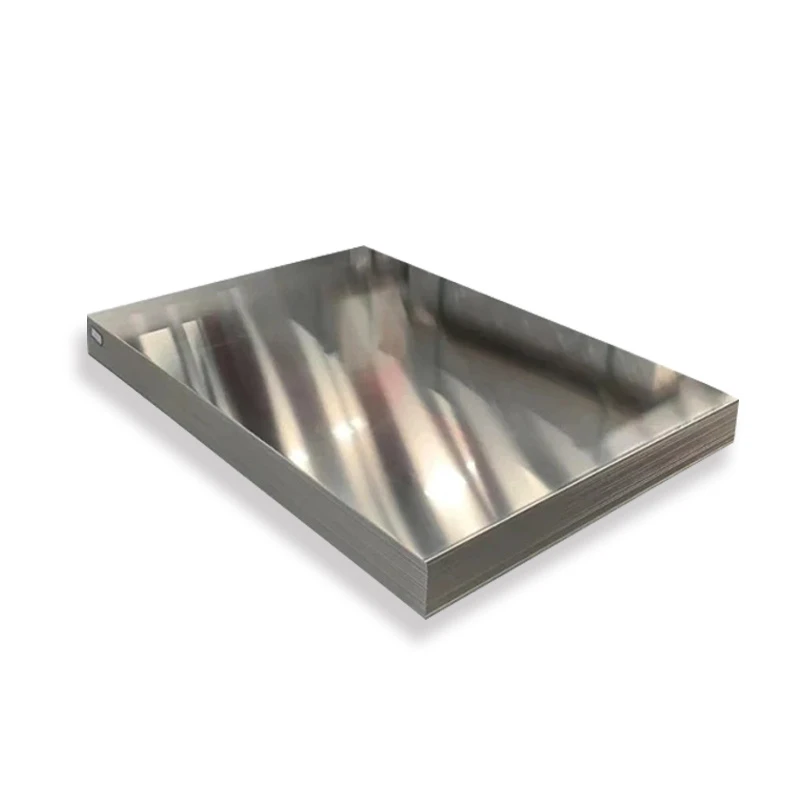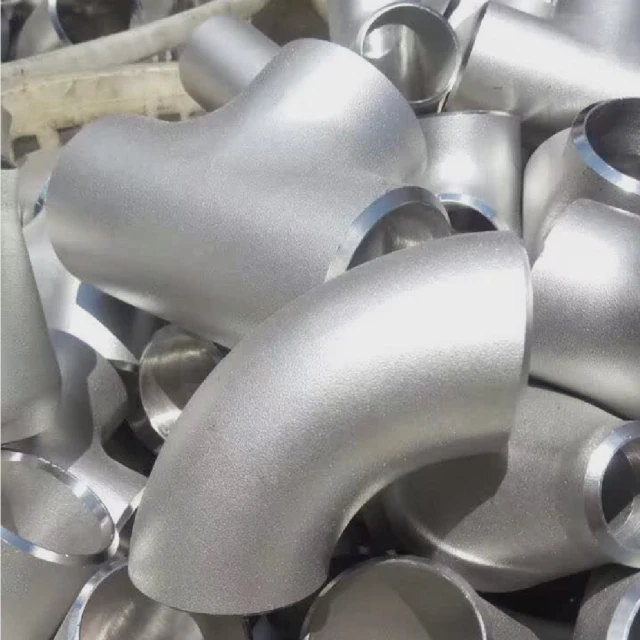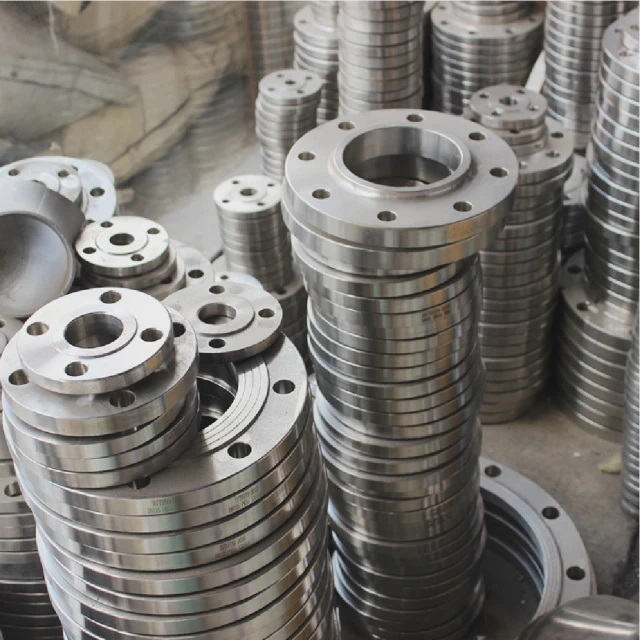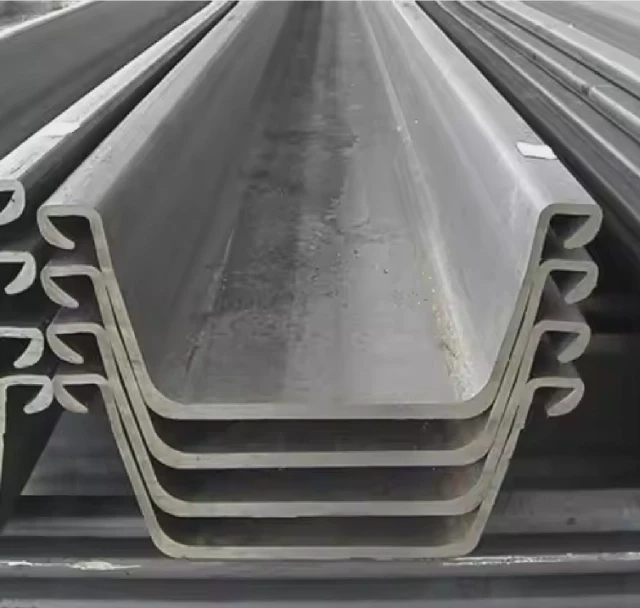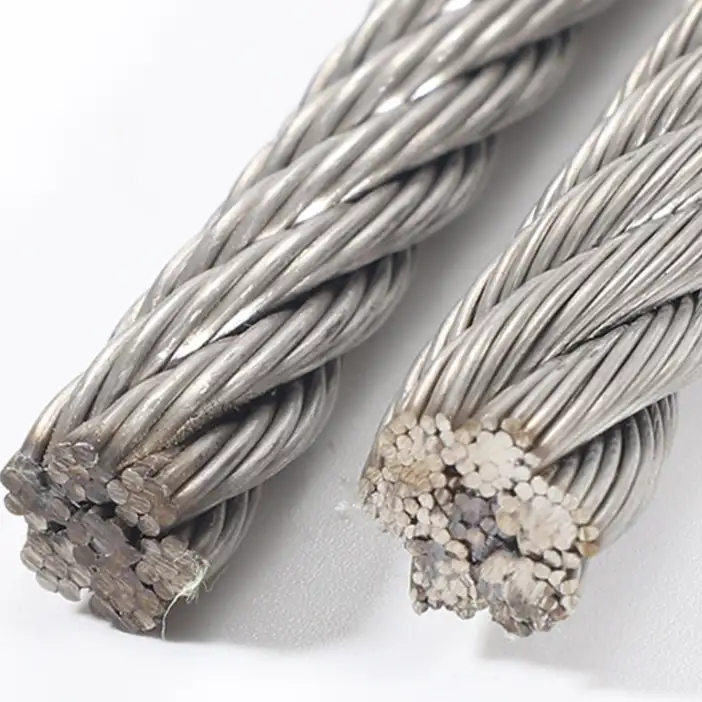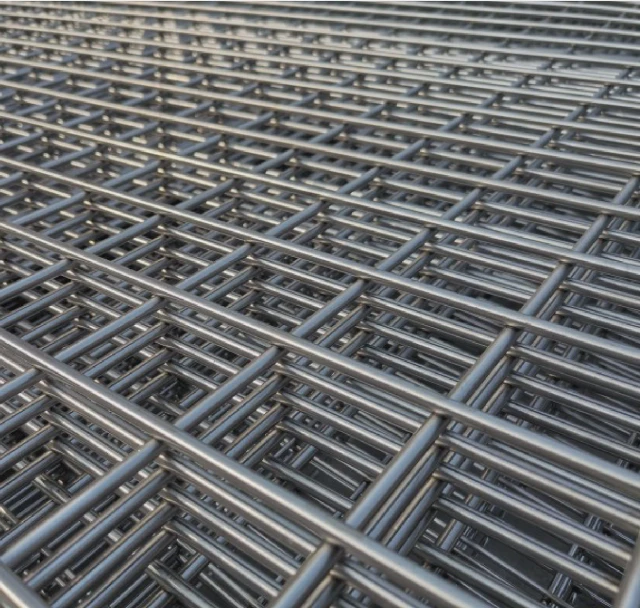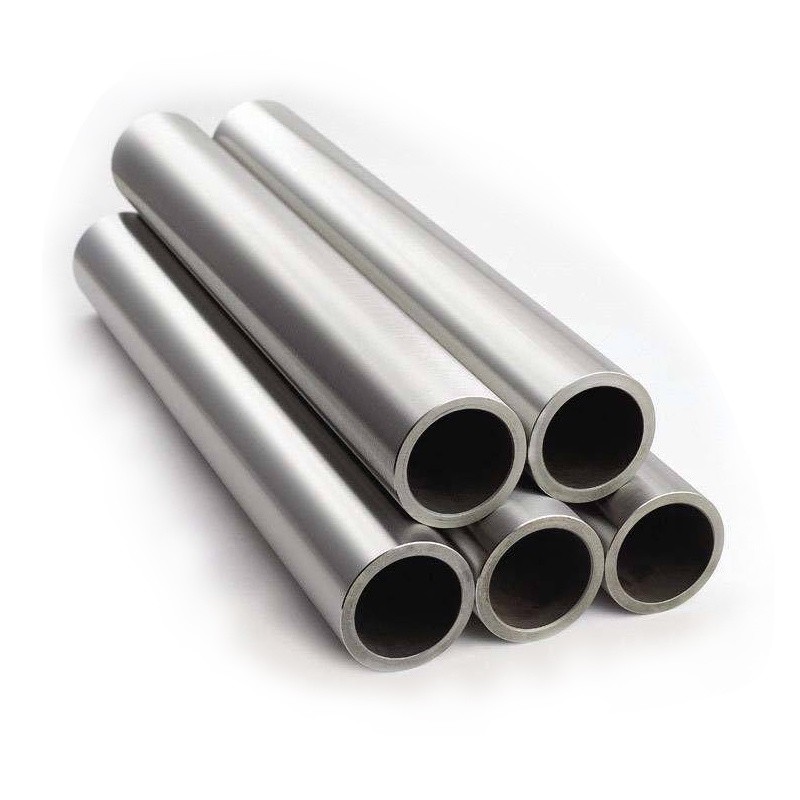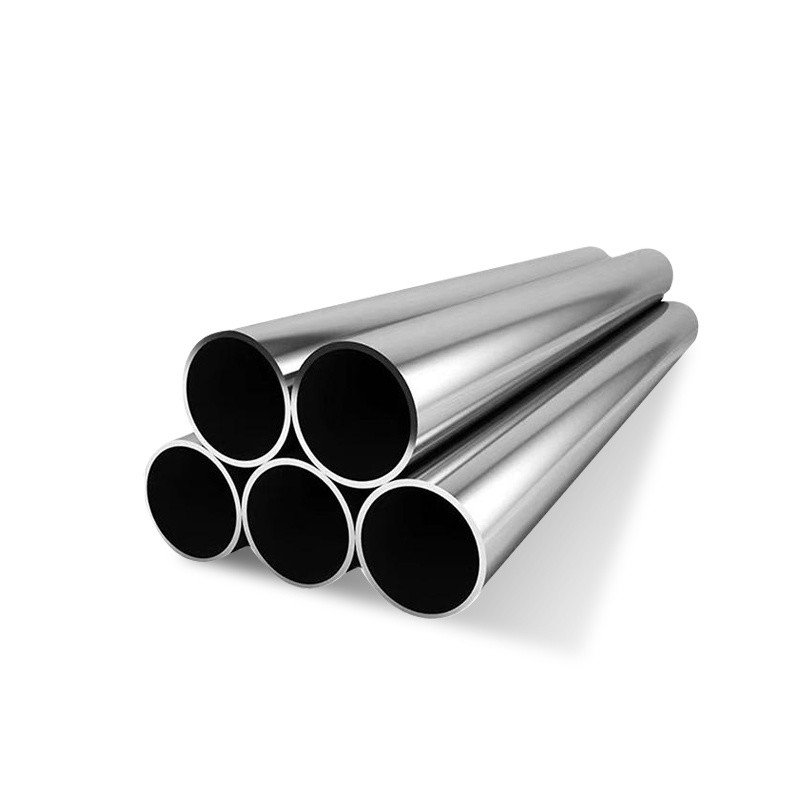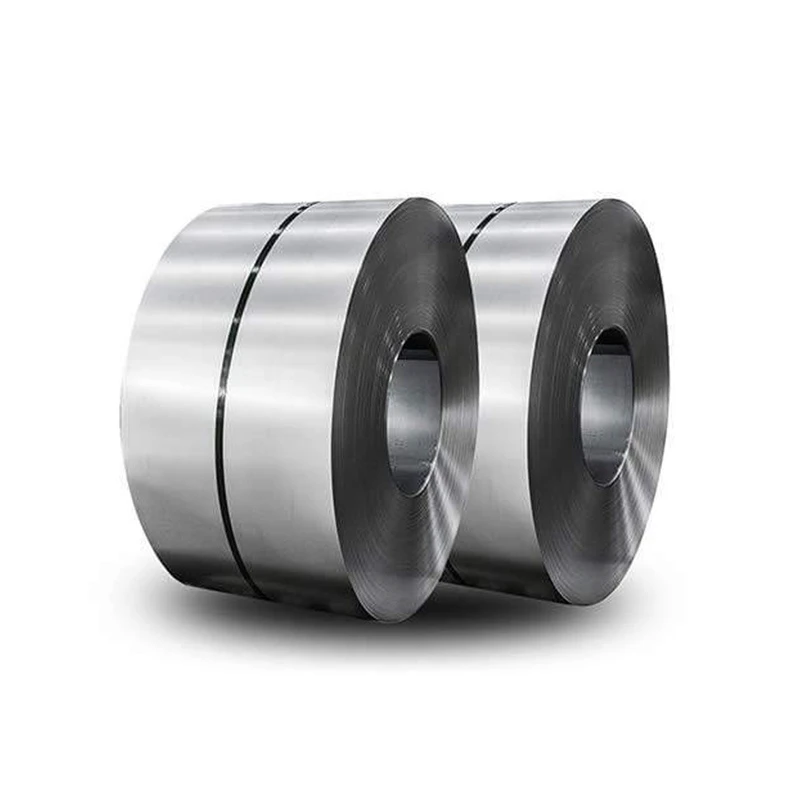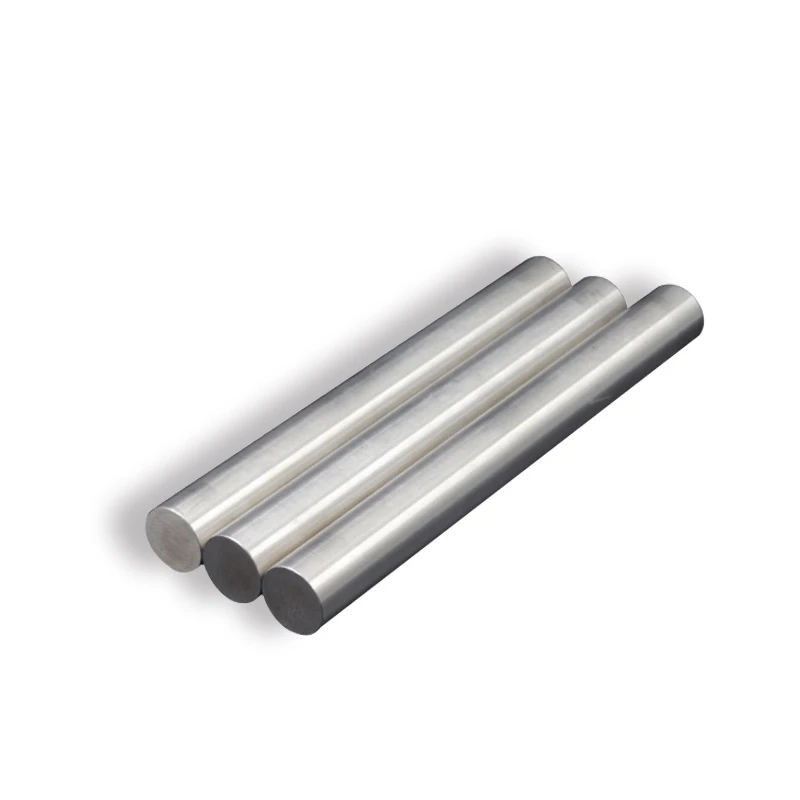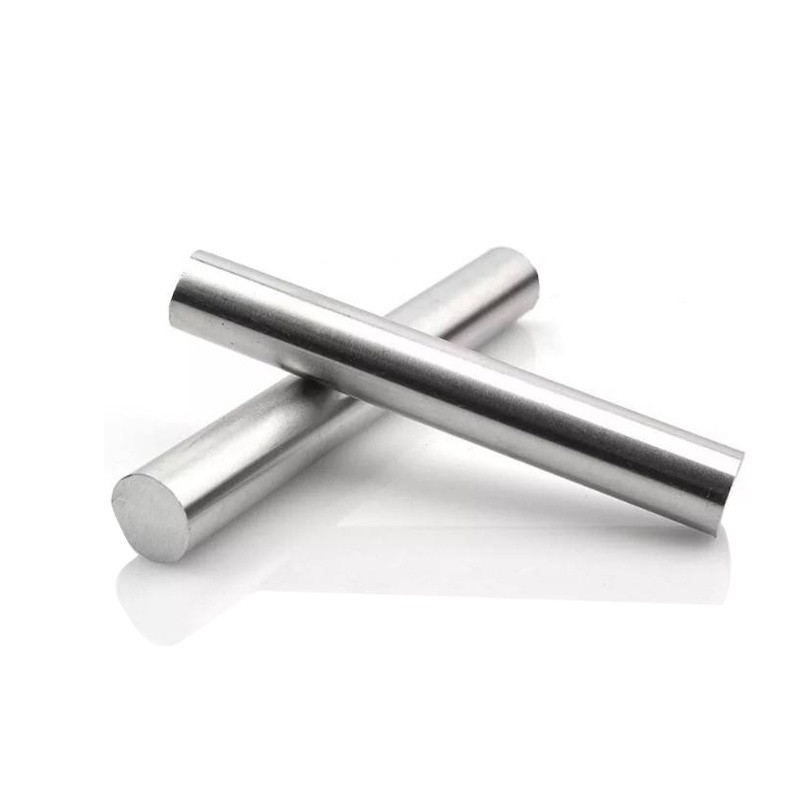
CATEGORIES
FEATURED PRODUCTS
316 Stainless Steel Plate
We offer this product and related grades with 100% factory direct pricing and free quotes available within 24 hours.
APPLICATION SCENARIOS

OUR ADVANTAGE

Certificate of Honor

PARTNER

Our Factory

316 Stainless Steel (UNS S31600) is an austenitic chromium-nickel stainless steel, distinguished by the addition of molybdenum. This crucial alloying element significantly enhances its corrosion resistance, particularly against pitting and crevice corrosion in chloride environments, distinguishing it from the more common 304 grade. Often referred to as "marine grade" stainless steel, 316 finds extensive use in environments exposed to saltwater, aggressive chemicals, and elevated temperatures. Its versatility and robust performance make it a go-to material for countless industrial and commercial applications.
Unpacking the Properties of 316 Stainless Steel
When considering 316 stainless steel, its performance characteristics are key. We've broken down its properties to illustrate why it's such a popular choice.
Enhanced Corrosion Resistance
The defining characteristic of 316 stainless steel is its superior corrosion resistance, largely thanks to the molybdenum content (typically 2-3%). This makes it highly resistant to:
- Pitting and Crevice Corrosion: 316 offers excellent resistance to localized corrosion, especially in chloride-containing environments like seawater and industrial settings with high salt concentrations.
- Acidic Environments: It provides good resistance to a wide range of acids, including sulfuric, hydrochloric, acetic, formic, and tartaric acids, as well as acid sulfates.
- General Corrosion: Its overall resistance to general corrosion is significantly better than 304 stainless steel in many aggressive media.
- Intergranular Corrosion: While standard 316 has a maximum carbon content of 0.08%, which can lead to sensitization (carbide precipitation) during welding, the 316L (low carbon) variant largely mitigates this risk, making it ideal for heavily welded structures.
Robust Mechanical Properties
Beyond corrosion resistance, 316 stainless steel boasts a favorable set of mechanical properties that contribute to its widespread applicability.
- Strength: It offers good tensile and yield strength, suitable for demanding structural and pressure-containing applications.
- Ductility and Formability: As an austenitic stainless steel, 316 exhibits excellent ductility and formability, allowing it to be easily bent, drawn, and fabricated into various shapes.
- Toughness: 316 maintains good toughness even at cryogenic temperatures, broadening its utility for low-temperature applications.
- Weldability: Both 316 and 316L have good weldability. For heavy gauge welded components, 316L is preferred as it's immune to sensitization and does not require post-weld annealing for maximum corrosion resistance, unlike standard 316.
Heat Resistance
316 stainless steel also demonstrates good heat resistance. It can withstand:
- Continuous Service: Up to 870°C (1600°F) in continuous service.
- Intermittent Service: Up to 925°C (1700°F) in intermittent service.
This makes it suitable for applications that involve moderate elevated temperatures, such as heat exchangers and furnace parts.
Standard Dimensions and Parameters
We offer our ASTM 316 Stainless Steel Plate in a variety of standard dimensions, catering to diverse project requirements. Custom sizes and finishes are also available.
| Parameter | Standard Range |
| Thickness | 0.3mm - 100mm (0.012 in - 3.937 in) |
| Width | 1000mm - 4000mm (39.37 in - 157.48 in) |
| Length | 2000mm - 18000mm (78.74 in - 708.66 in) |
| Surface Finish | 2B, BA, No.1, No.4, HL (Hairline), Mirror |
| Edge Condition | Mill Edge, Slit Edge |
| Standard | ASTM A240/A240M, ASME SA240 |
Note: Specific dimensions and availability may vary based on current stock and manufacturing capabilities. Please contact us for precise information on your required specifications.
Chemical Composition of 316 Stainless Steel
The precise alloying of 316 stainless steel is critical to its performance. We ensure our plates adhere strictly to ASTM standards for chemical composition.
| Element | 316 Weight Percentage (%) | 316L Weight Percentage (%) |
| Carbon (C) | ≤0.08 | ≤0.030 |
| Silicon (Si) | ≤0.75 | ≤0.75 |
| Manganese (Mn) | ≤2.00 | ≤2.00 |
| Phosphorus (P) | ≤0.045 | ≤0.045 |
| Sulfur (S) | ≤0.030 | ≤0.030 |
| Chromium (Cr) | 16.0 - 18.0 | 16.0 - 18.0 |
| Nickel (Ni) | 10.0 - 14.0 | 10.0 - 14.0 |
| Molybdenum (Mo) | 2.00 - 3.00 | 2.00 - 3.00 |
| Nitrogen (N) | ≤0.10 | ≤0.10 |
The "L" in 316L denotes a lower carbon content, which is crucial for enhanced weldability and preventing intergranular corrosion in the as-welded condition.
316 Stainless Steel vs. Other Common Grades
Understanding the nuances between stainless steel grades helps in making the best choice for your application. Here's how 316 compares to other widely used options:
| Feature | 316 | 304 | 904L |
| Molybdenum Content | Yes (2-3%) | No | High (4-5%) |
| Corrosion Resistance | Excellent (pitting, crevice, general acids) | Good (general corrosion, less in chlorides) | Superior (highly resistant to pitting, SCC, strong acids) |
| Chloride Resistance | High | Moderate | Very High |
| Cost | Moderate | Low | High |
| Typical Applications | Marine, chemical, food, pharmaceutical, medical | Kitchenware, architectural, general purpose | Sulfuric acid, chemical processing, high-end marine |
| Weldability | Good (316L preferred for heavy welding) | Excellent | Good (requires specific filler) |
The addition of molybdenum sets 316 apart from 304, providing its "marine grade" qualities. While 904L offers even greater corrosion resistance, 316 strikes an optimal balance for many applications that require good performance without the premium cost of higher-alloyed materials.
Applications Across Key Industries
The balanced properties of 316 Stainless Steel Plate make it incredibly versatile, serving critical functions across numerous industries.
| Industry | Typical Applications |
| Marine & Offshore | Boat fittings, railings, saltwater filtration systems, offshore platforms, subsea equipment, components exposed to brackish water |
| Chemical Processing | Storage tanks, heat exchangers, piping systems for various chemicals, chemical dosing equipment |
| Food & Beverage | Food preparation tables, processing equipment, sanitary piping, brewing equipment, commercial dishwashers |
| Pharmaceutical & Medical | Surgical instruments, medical implants, sterile tables, cleanroom tubing, pharmaceutical processing equipment |
| Architectural | Coastal architecture, building facades, railings, architectural trim, where chloride exposure is a concern |
| Water Treatment | Filtration housings, chlorine contact tanks, wastewater system components, underground piping |
| Oil & Gas | Components in sour gas applications, heat exchangers, various piping and vessels where moderate corrosion resistance is needed |
| Textile & Paper | Dyeing equipment, pulp and paper processing components |
Global Price Overview: 316 Stainless Steel Plate
The price of 316 Stainless Steel Plate is influenced by global market dynamics, the cost of raw materials (especially nickel and molybdenum), production capacity, and geopolitical factors. While 316 is generally more affordable than higher-alloyed steels like 904L, its price is still higher than 304 due to the molybdenum content. The figures below are indicative and subject to change based on market fluctuations. We encourage you to contact us directly for the most current and accurate pricing.
| Region / Factor | Price Range (USD per Metric Ton) - Illustrative | Notes |
| Asia | $4,500 - $7,000 | Generally offers competitive pricing due to large-scale production. |
| Europe | $5,500 - $8,000 | Known for high-quality production, often with slightly higher prices. |
| North America | $6,000 - $8,500 | Prices can be affected by domestic demand, supply chain, and import tariffs. |
| Raw Material Cost (Nickel, Molybdenum) | High Impact | Fluctuations in global commodity markets for nickel and molybdenum directly influence 316 prices. |
| Order Volume | Discounts for Bulk | Larger quantities typically result in more favorable per-unit pricing. |
| Surface Finish & Thickness | Varies | Special finishes (e.g., mirror) and very thin or thick plates can command a premium. |
Disclaimer: These are approximate price ranges and should not be taken as definitive quotes. For precise pricing and lead times, please reach out to our sales team.
Frequently Asked Questions (FAQs)
To further assist you, we've compiled answers to common questions about our ASTM 316 Stainless Steel Plate.
Q1: What is the primary advantage of 316 over 304 stainless steel?
A1: The primary advantage of 316 over 304 stainless steel is its enhanced corrosion resistance, particularly against pitting and crevice corrosion in chloride-rich environments. This is due to the addition of molybdenum in 316's chemical composition, which 304 lacks. This makes 316 superior for applications involving exposure to saltwater, certain chemicals, or highly acidic conditions.
Q2: When should I choose 316L instead of standard 316?
A2: You should choose 316L (the low carbon version) when the material will be extensively welded, especially for heavy gauge components. The lower carbon content in 316L minimizes the risk of sensitization or "weld decay" (chromium carbide precipitation at grain boundaries), which can lead to intergranular corrosion in the heat-affected zone. For applications that require maximum corrosion resistance in the as-welded condition, 316L is the preferred choice.
Q3: Is 316 stainless steel considered "food grade"?
A3: Yes, 316 stainless steel is widely considered "food grade" and is extensively used in the food and beverage industry. Its excellent corrosion resistance, especially to acidic foods and cleaning agents, and its non-reactive nature make it ideal for food preparation, storage, and processing equipment where hygiene and product integrity are crucial.
Q4: How does 316 stainless steel perform in marine environments?
A4: 316 stainless steel is often referred to as "marine grade" stainless steel due to its exceptional resistance to corrosion in seawater and other saline environments. The molybdenum content provides superior resistance to pitting and crevice corrosion caused by chlorides, which are prevalent in marine atmospheres and submerged conditions.
Q5: Can 316 stainless steel be polished to a mirror finish?
A5: Yes, 316 stainless steel can be polished to various finishes, including a mirror finish (No. 8 or BA finish). Its inherent corrosion resistance means that once polished, it retains its aesthetic appeal and resists tarnishing or staining effectively, making it suitable for architectural, decorative, and hygienic applications where a high-gloss surface is desired.







